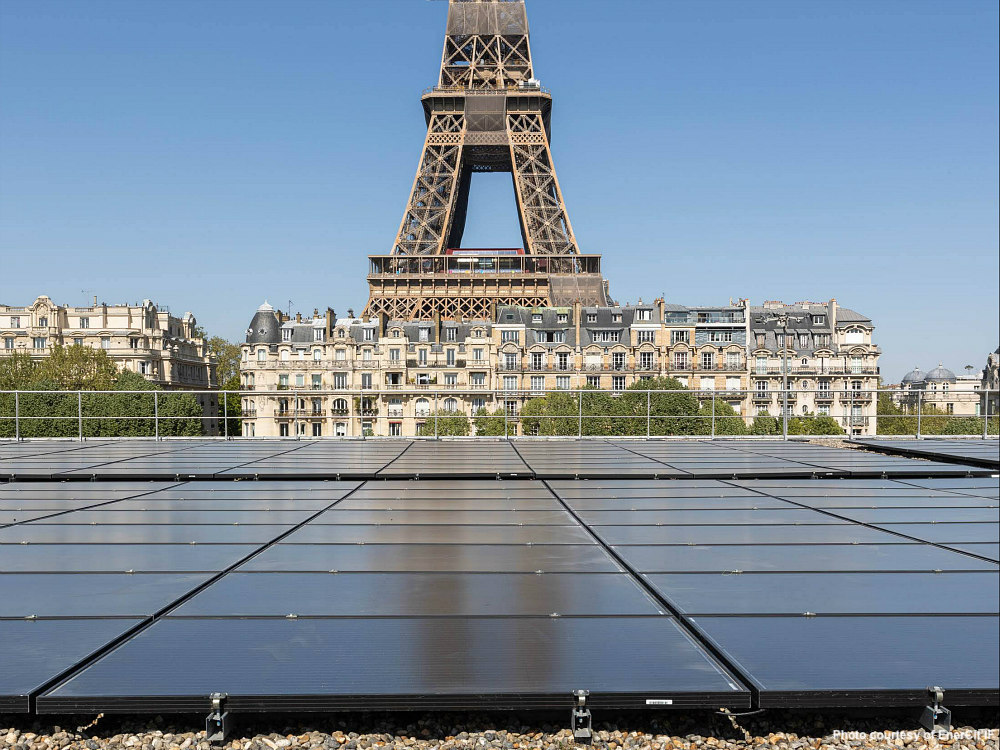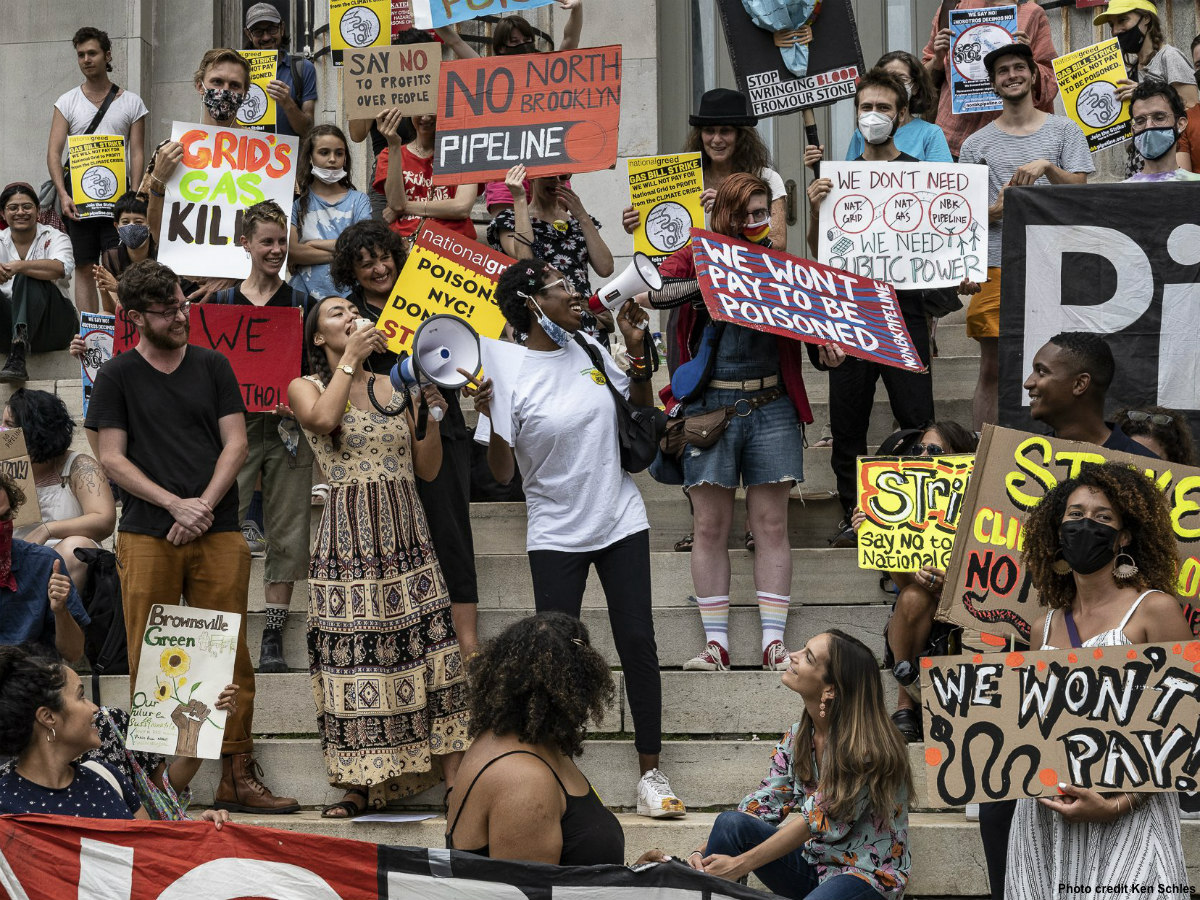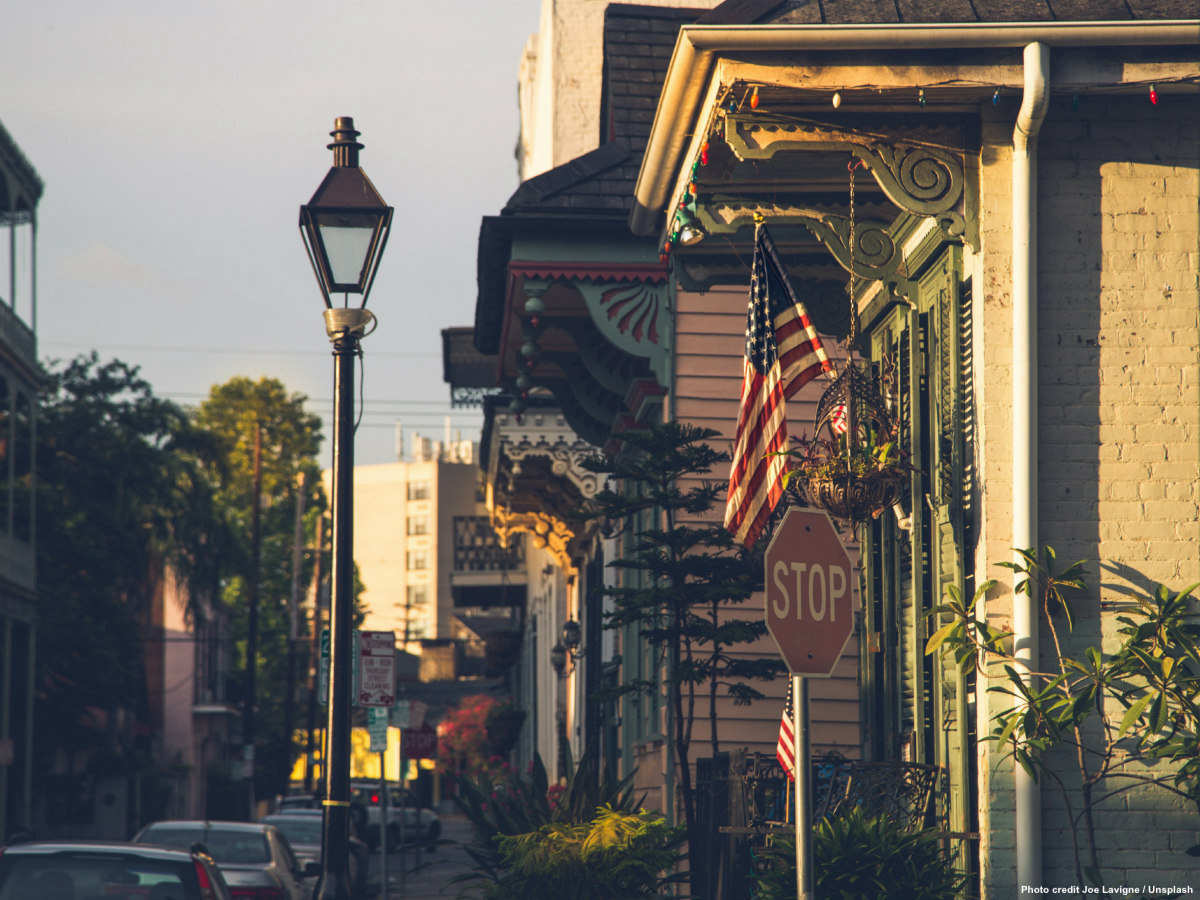The shock of Putin’s war is blowing a hole in energy markets, presenting the daunting task for governments to become energy independent and reduce as rapidly as possible their reliance on Russia’s fossil fuels. In the meantime, the threat of global warming accelerates the need for reducing consumption and developing renewable energy. For cities this auspicious moment could ignite the niche phenomenon of energy cooperatives and their autarky aspiration of taking control of the energy production that could solve so many problems at once.
Over the years the proliferation of energy cooperatives has enabled communities to regain energy sovereignty and promote decentralised sustainable energy systems for efficiency and sufficiency. People come together to found community utilities such as solar farms, solar panels on roofs and windmills for their own energy production against powerful established energy systems. But this quixotic endeavour has a different character in the complex ecosystem of the big city where the energy transition is at a lower pace as the climate emergency would require.
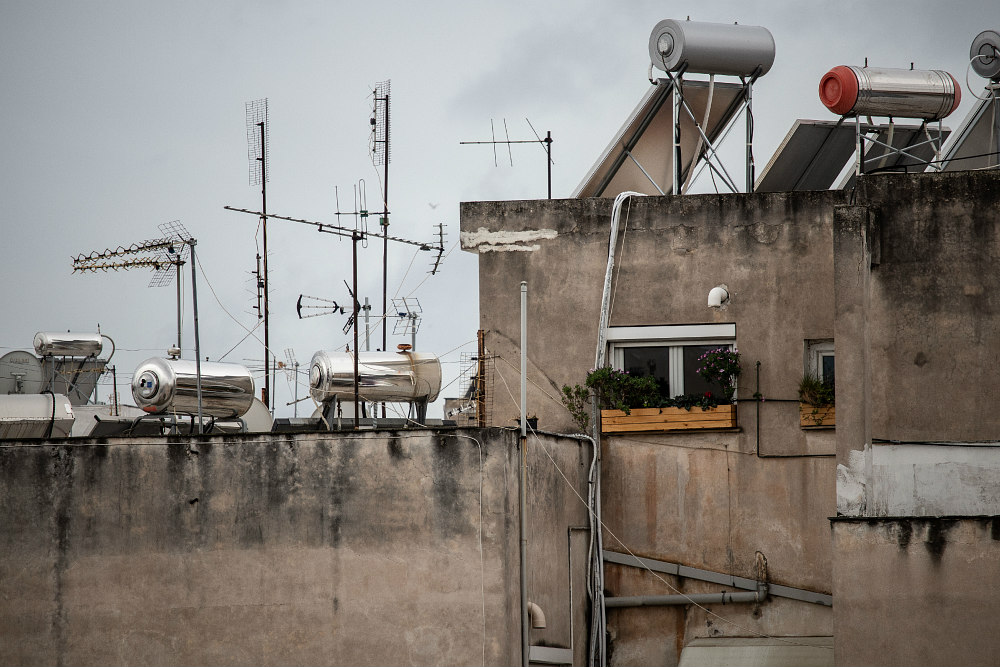
Individualism, the lack of choices limited to photovoltaics or solar thermal, adverse regulation – like special town planning provisions for historic monuments – and navigating the administration make it difficult for communities to hit the roofs and tap into the power of the sun. However, a city that began to admire the community-led energy cooperative’s pluck is Paris. Despite these urban difficulties, a group of Parisians under the energy cooperative EnerCit’IF made the first move in 2018 to offer a promising collaborative solution to turn buildings into community utilities in the city of lights.
At the foot of the Eiffel Tower, the Emile Anthoine gymnasium is more than a sports centre, it supplies green electricity (no heating) to nearly 40 homes located nearby with an electrical output of 100 kWp and an annual production capacity of 90,000 kWh. This installation is just one of the 15 power plants of EnerCit’IF delivering a total capacity of 730kWp, or around 15% of the photovoltaic power installed in Paris, mainly in disadvantaged neighbourhoods. This human adventure by a collective of citizens motivated by the energy transition is giving muscle to the city to meet its Territorial Climate and Energy Plan, which aims for 100% renewable energy by 2050, 20% of which will be produced locally with the involvement of citizens.
According to the Paris Climate Agency, to achieve this objective, it will be necessary to cover 20% of Parisian roofs with solar installations by 2050. Currently, there are four energy cooperatives in the Région parisienne and EnerCit’IF is the only one in the central metropolitan area of Paris, a dense urban environment of rooftops where the ‘look’ of a solar panel can act as a real barrier to its wider adoption in urban architecture. EnerCit’IF engages ably with buildings owned by ‘social landlords’ of the city that can unilaterally decide to offer their roofs for 20 years, and so unleash citizen’s participation in the Paris Climate Plan with concrete results.
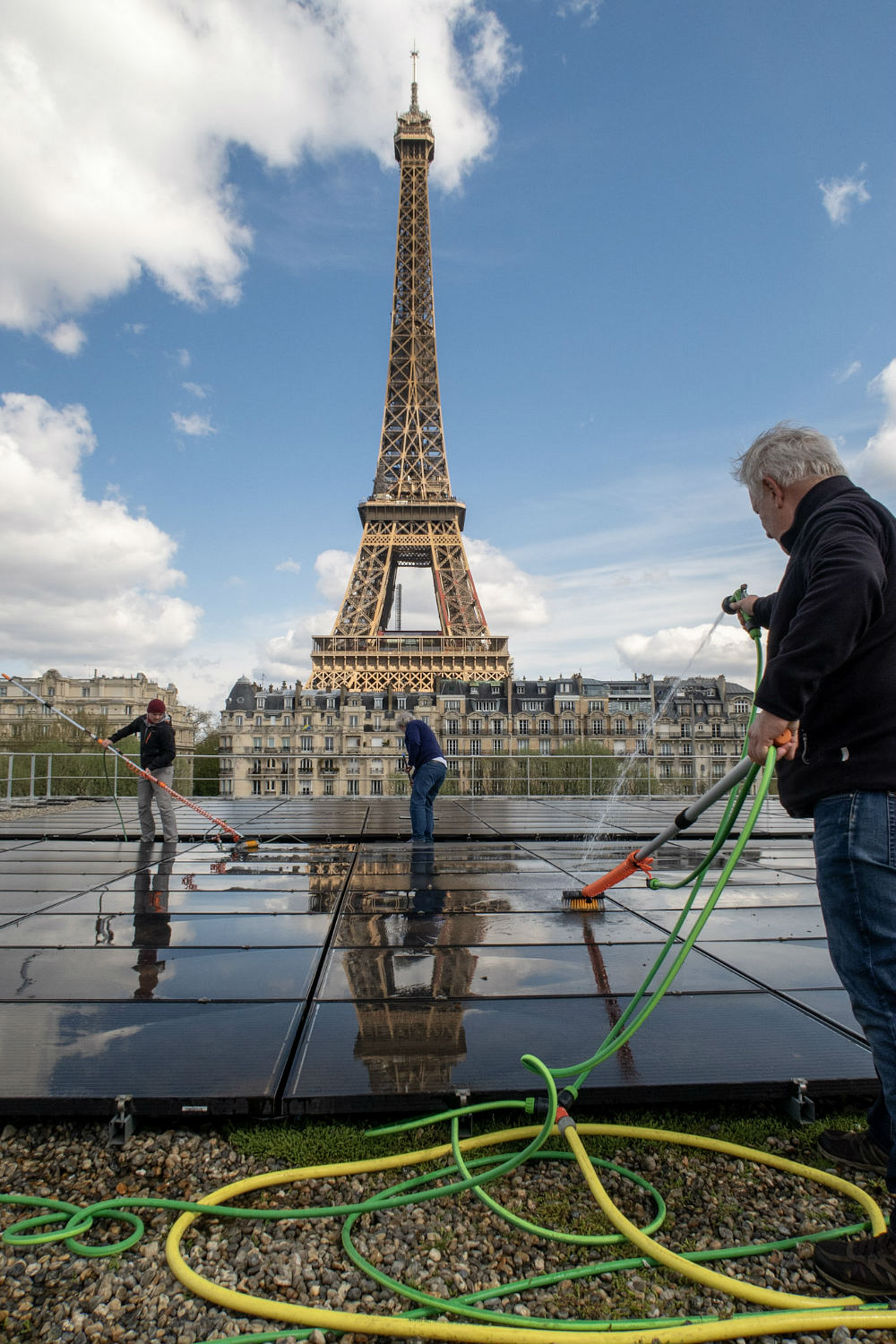
To install solar panels in private residential buildings is really complicated, Florent Chardonnal concedes. He is Energy and Sustainability Program Manager at WWF-France and Board Member of EnerCit’IF in charge of finance, business models, project management and strategic analysis: “In a private building you need the consent of all the neighbours.” Yet EnerCit’IF’s target is to install 100 solar power plants and mobilise 5,000 cooperators by 2026. At a time when the debate of energy is around security and peace, a local and democratic energy model with renewable resources represents a good alternative for governments and citizens alike.
As if the war in Ukraine isn’t enough, this week new scientific analysis has shown a new record for the highest daily level of carbon dioxide in the atmosphere, ringing alarm bells about the pace of global warming. I asked Chardonnal if the community energy movement he proudly belongs to is gaining momentum, if not amid the climate crisis, but at times of war. As long as energy keeps flowing through a country that significantly relies on nuclear production, although the final energy consumption is two thirds supplied by fossil fuels, explains Chardonnal, the debate about the morality of buying Russia’s fossil fuels might not gain so much traction.
But price will do, says Chardonnal. “For the next 20 years, we will sell energy from solar roof tops at a fixed price around 100 Euro/MW/hour while the market price reaches more than 300 Euros nowadays.” The reality is that geopolitical risk will continue to dominate a grim outlook for Europe’s energy prices. If people are not moved by the strong emotion of great insecurity due to the war and the acceleration of the climate crisis, price could make citizens seize the moment and start joining energy cooperatives.
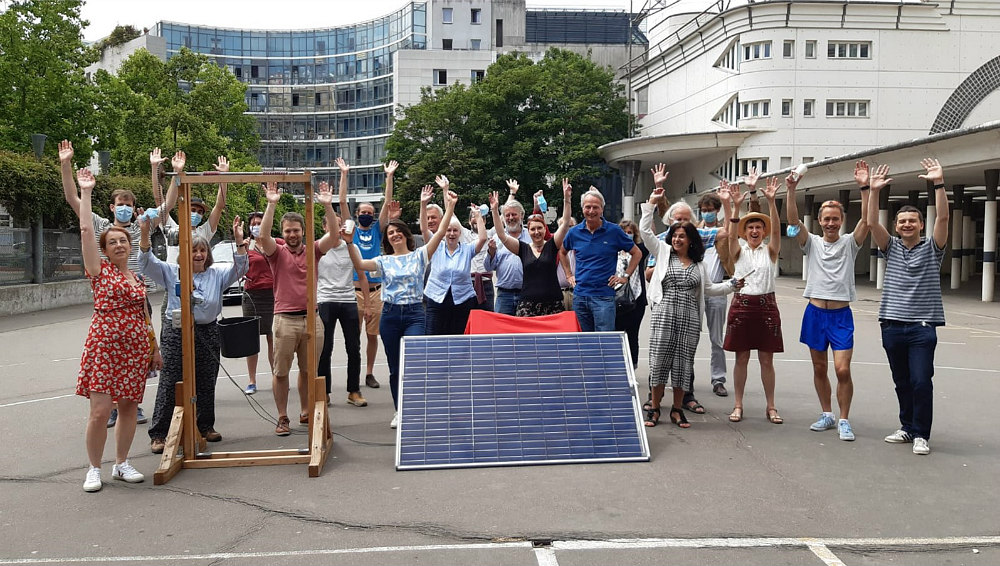
Born in 2016, as part of the Participatory Budget of the City of Paris, EnerCit’IF started in close partnership with the City of Paris and in collaboration with three “social landlords” who manage residential buildings while the city own schools, sports or other entertainment establishments. The co-investment of the city of Paris together with the cooperative members – an economic contribution of 100 Euros to subscribe between one and ten shares – made possible to finance the project.
The energy generated by the solar panels of EnerCit’IF is immediately sold to Enercoop, the only cooperative supplier of renewable electricity in France. The clients of Enercoop are buying energy that flows from EnerCit’IF solar panels. “Economically the energy is injected into the national grid but physically speaking, what we produce goes in the form of electricity directly to the building or households in the neighbourhood,” explains Chardonnal.
For the next 20 years, we will sell energy from solar roof tops at a fixed price around 100 Euro/MW/hour while the market price reaches more than 300 Euros nowadays – Florent Chardonnal
EnerCit’IF has also launched an individual self consumption project on a building. The electricity produced by its solar panels is directly and entirely consumed by equipment of the building and thus the solar panels are not connected to the grid. The energy bill is secured at a fixed tariff for the next 20 years. To build and technically maintain the solar power plants, EnerCit’IF relies on two service companies but regular maintenance like cleaning the panels and taking care of the rooftops is done by volunteers.
Last week the European Commission announced measures to “reduce as rapidly as possible our reliance on Russia” at three levels. From the demand side, reduce consumption, the simple and cheapest way for energy efficiency. From the supply side, diversify with reliable trustworthy suppliers. And last, accelerate the energy transition scaling up and speeding up massive renewable energy generation. To achieve the latter, measures like a solar rooftop obligation for public and commercial buildings in 2025 and for residential buildings in 2029, could be a game changer for energy cooperatives in cities.
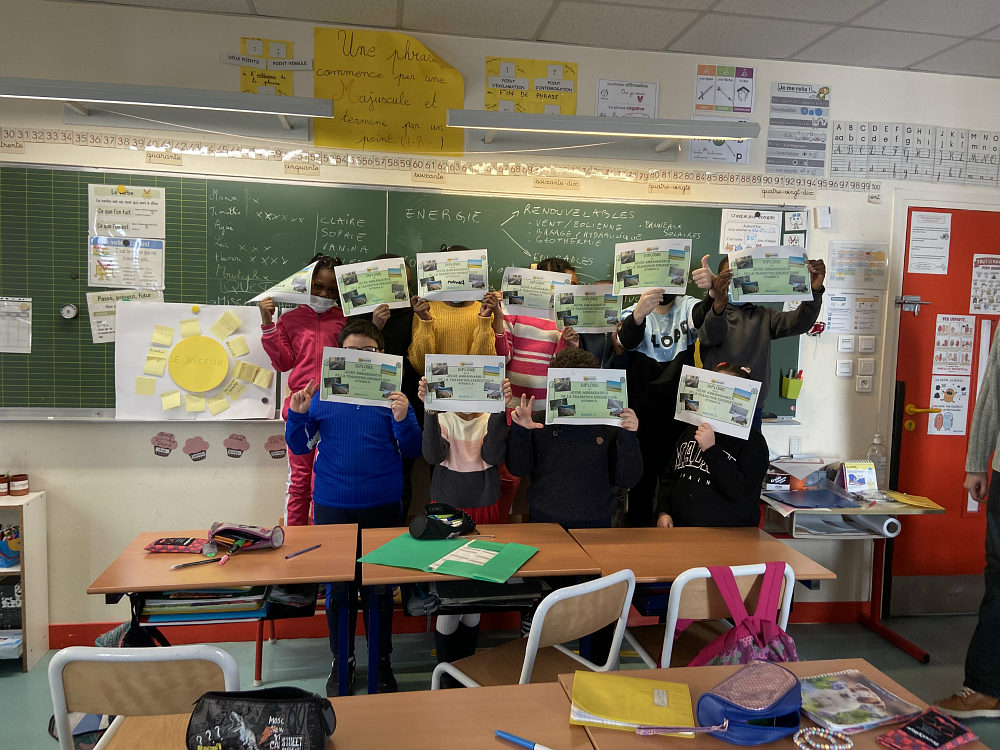
The voices of energy cooperatives are being heard in the European energy debate through the European federation of citizen energy cooperatives called REScoop. European regulation has helped establish a framework at which energy cooperatives operate against the odds of big energy corporations. Chardonnal confirms that this has been a big step to accelerate permissions and navigate the administration, however in his opinion other policies hinder the expansion of energy cooperatives. A recent policy forbids cooperatives to receive grants from the city combined with state feed in tariffs. “But small projects need these grants to start up and balance the 100 Euro/MW/hour price”. If this European policy aims at selecting projects which could be economically sustainable from the beginning, it also loses the opportunity to support others that could be just as viable in the mid-term. At a recent market energy price of 200 to 300 Euros, the French State is profiting from a price difference that is indirectly paying the grant back, explains Chardonnal.
Economically the energy is injected into the national grid but physically speaking, what we produce goes in the form of electricity directly to the building or households in the neighbourhood – Florent Chardonnal
I asked Dirk Vansintjan, President of the European federation of citizen energy cooperatives if at this moment in history we can expect an acceleration in the creation of cooperatives. When you look at history, he replies, the crisis in the 70s, Chernobil and Fukushima, these events always led to the proliferation of cooperatives. People reacted to climate crisis; this time, the war in Ukraine is creating the same effect. “The European Government sees the value of what cooperatives can do in this energy transition, people are also better-off and it also addresses a pressing issue of energy poverty,” says Vansintjan. He continues explaining how during the process of electrification, back in history, the rural areas were left behind and therefore many cooperatives were born at that time, “they survived energy centralization”. Now the process needs to be reversed, especially in cities.
EnerCit’IF keeps raising awareness on energy sobriety, efficiency and renewable energies mainly at schools in Paris to decarbonize the system. But the role of public authorities is decisive, says Chardonnal, to give power to the people for a democratic, just and clean energy transition that could also act as a vehicle of peace and security. Europeans don’t go to the battlefield in Ukraine, but their fight could be at home, in their cities making them less dependent on fossil fuels, and foremost on those coming from Russia.
